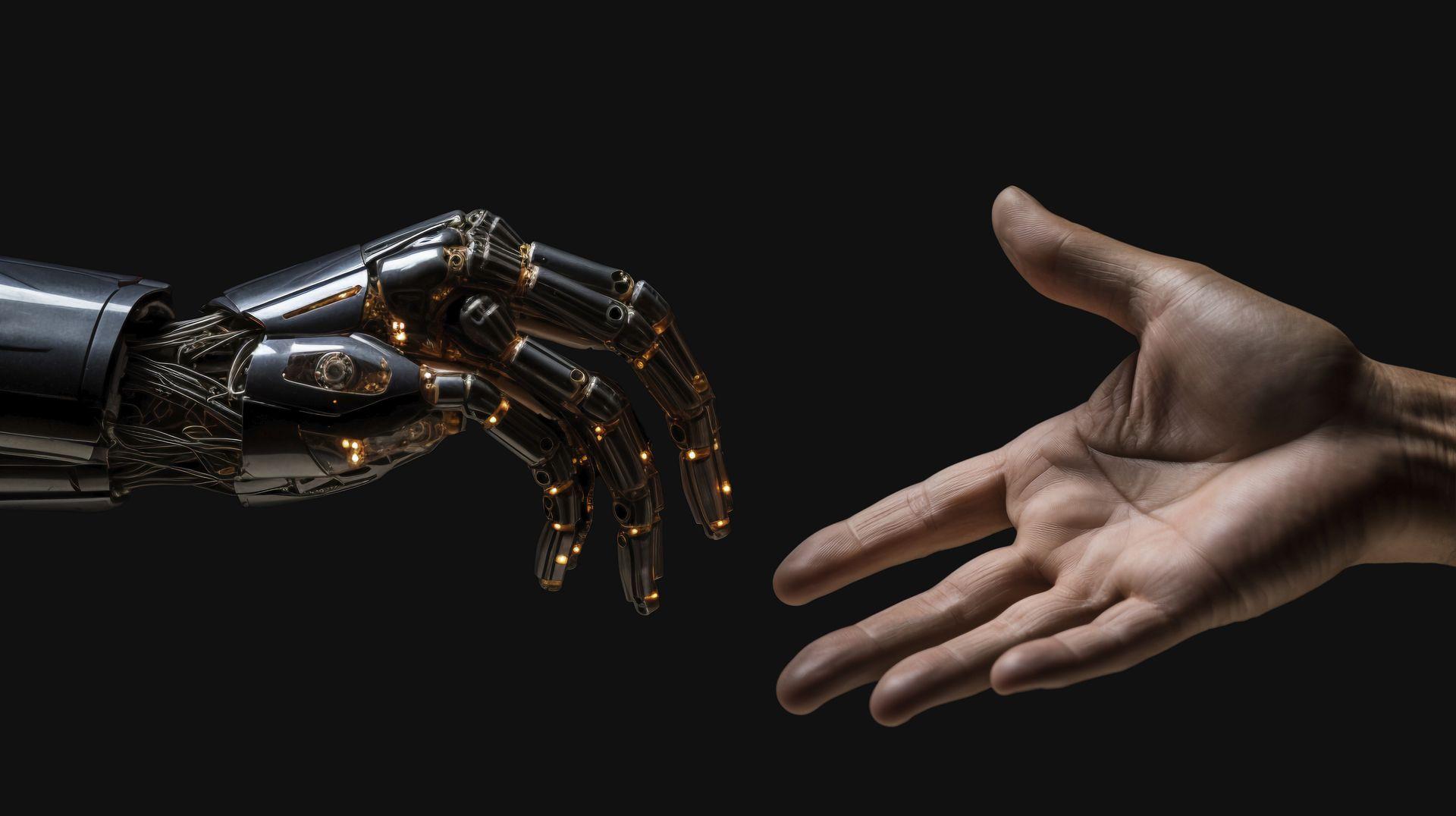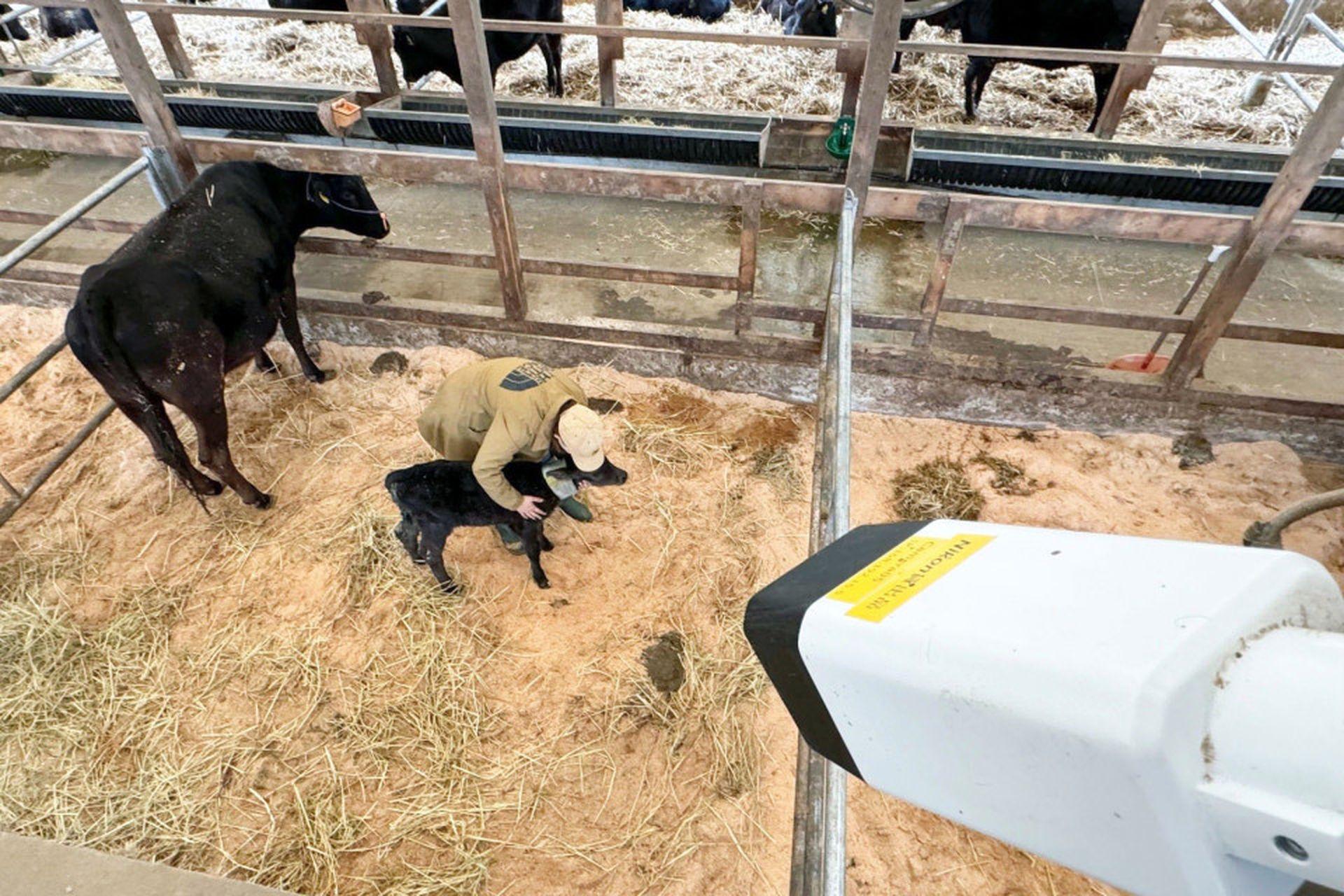In yesterday’s article, we discovered how the usage of AI at work is changing the way run our businesses. Today, the spotlight shines on the potential of AI with two wildly different yet equally compelling examples of this technological revolution. From the heartlands of Japan to the bustling digital marketplaces, AI is proving that its ingenuity knows few bounds.
First, we have the fascinating story of Nikon. While the name is synonymous with photography, it’s their new venture into smart farming that has caught the world’s attention.
On a completely different front, Klarna, the buy-now, pay-later giant, is making waves in customer service with its embrace of AI chatbots. These AI assistants, initially introduced in partnership with OpenAI, have now gone global.
These developments remind us of AI’s adaptability and the potential of AI that holds to reimagine sectors we might not intuitively associate with technological disruption.
If you are ready for it, let’s dive into how the potential of AI is set to transform and already transforming various industries.

The potential of AI in different sectors
From AI’s impact on healthcare to the way it’s changing finance, the potential of AI seems limitless. Now, AI is making unexpected inroads into agriculture, hinting at yet another sphere of transformation.
Nikon’s move into smart farming is a remarkable story, and it sheds light on the immense potential of AI in surprising ways. Their new AI camera system, designed to predict the exact hour of a cow’s birth, isn’t just innovative – it’s a sign of a major shift in how we might approach livestock management entirely.
Timely birth detection is crucial for ensuring the health of both the cow and her calf. Early intervention can be essential in cases of difficult births (dystocia) or complications, minimizing the risk of injury or stillbirth.
Accurate birth prediction streamlines farm operations. It allows farmers to organize their time, allocate resources more effectively, and potentially reduce labor costs associated with round-the-clock monitoring during calving season.
The traditional method heavily relies on farmers or farmhands observing cows for signs of imminent labor. These signs can include restlessness, changes in behavior, physical changes to the udder, and the passing of the mucus plug. This method can be labor-intensive and inaccurate, especially with large herds, once again shifting our focus on the human factor.
And now, Nikon has a smarter way of doing it.

Nikon’s AI camera, a product of extensive experimentation, works by carefully monitoring pregnant cows for subtle signs of approaching labor. Equipped with powerful artificial intelligence, the camera can provide farmers with approximately five hours of advance notice before a cow gives birth. This remarkable accuracy is achieved through the system’s ability to analyze behaviors such as increased restlessness, unusual movements, and the emergence of the amniotic sac.
Already a huge success
Nikon’s AI camera system isn’t just a theoretical concept – it has already undergone testing in real-world situations. After a successful trial period on four farms in the Kumamoto Prefecture, the system is now slated for a full commercial launch this month. This indicates that the technology has proven its value in a practical setting.
Kazuhiro Hirano of Nikon envisions expanding the technology’s capabilities beyond birth prediction. The AI system could potentially be trained to detect other vital animal behaviors, such as when a female cow is in heat. This adaptability opens doors for even greater efficiency gains in livestock management, yet another sector where we continue to explore the potential of AI.
AI in agriculture: Computer vision and robots are being used for higher efficiency
Farmers who participated in the trials have spoken positively about the system. Keita Higuchi, who delivers around 60 calves per year, found the system incredibly useful. The timely alerts allowed him and his team to manage their schedules more effectively during the critical calving season.
Nikon understands that cost-effectiveness is crucial for farmers. Their AI camera system promises to be affordable, potentially making it a viable option for smaller farms. This aligns with the broader push in the agricultural sector for accessible sustainability solutions.
Efficiency…But at what cost?
As we’ve mentioned many times before, another sector that the potential of AI will change, or is changing, is customer service.
Klarna, the buy-now, pay-later giant, is firmly committed to the transformative potential of AI. With its OpenAI-powered virtual assistant expanding globally, the company is reporting impressive gains. Their AI chatbot deftly handles a staggering two-thirds of all customer inquiries, achieving satisfaction rates on par with human agents. For Klarna, this translates into greater efficiency and potentially millions in savings.

This success story underscores how AI can streamline customer service, enhance the customer experience, and boost a company’s bottom line. The chatbot’s ability to provide round-the-clock service is a major advantage, especially when one considers expanding internationally. However, Klarna’s enthusiasm for AI prompts a crucial debate surrounding the impact of such technologies on the workforce.
Yet, the timing of Klarna’s widespread AI adoption raises concerns. Last year, the company laid off roughly 700 employees, a move attributed to economic uncertainty. While Klarna asserts the figure of 700 full-time jobs the AI assistant eliminates is not directly tied to these layoffs, it highlights a broader trend.
These are just a few examples, but AI’s reach extends far beyond these sectors. From transportation, where self-driving cars are being developed, to education, where AI-powered tutors personalize learning – artificial intelligence has the potential to disrupt and enhance nearly every aspect of business and society.
We’re only scratching the surface of its capabilities, and the coming years are sure to hold even more exciting advancements as this technology continues to evolve.
As AI systems become more sophisticated and capable of handling increasingly complex tasks, the question remains: Where does that leave human workers? Will our businesses live to see the full potential of AI, or will we be unable to adapt to the technology we are creating?
Featured image credit: Freepik.






